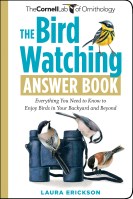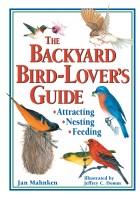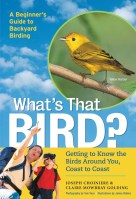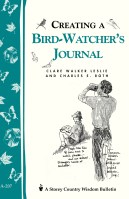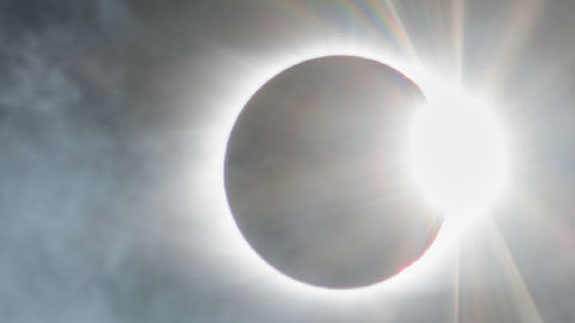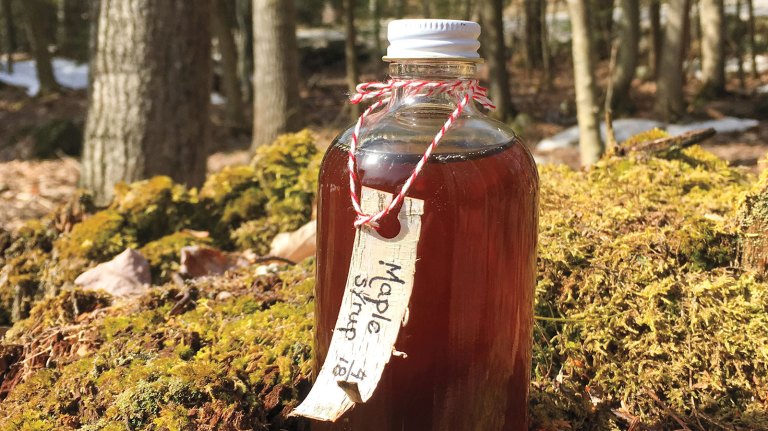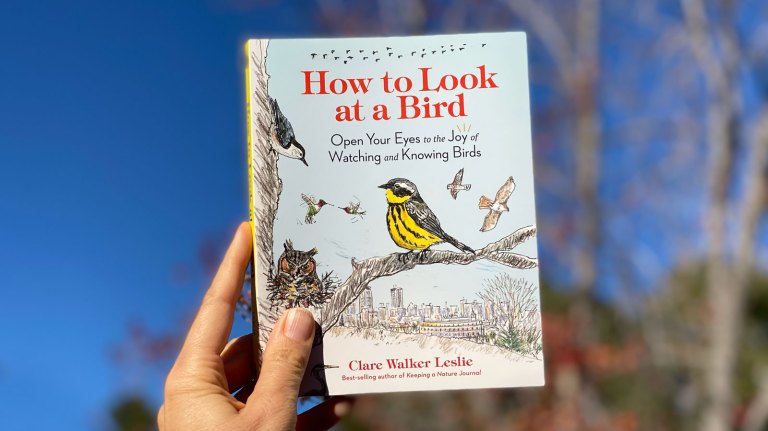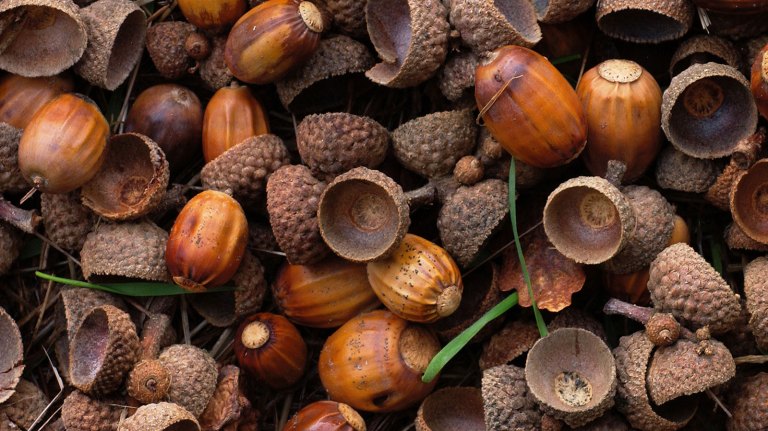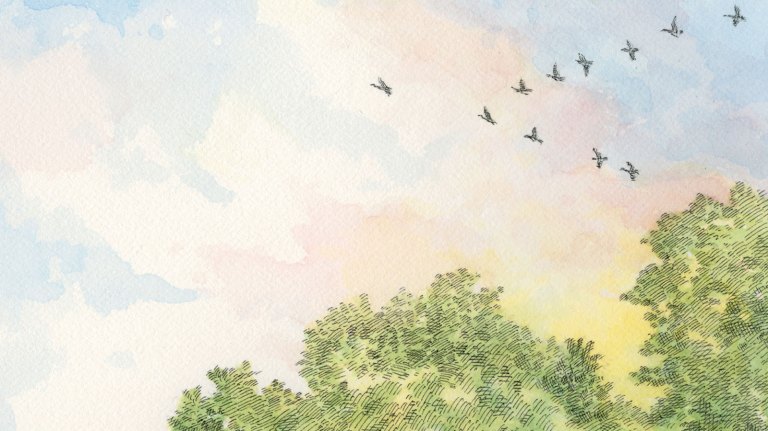Bird Walking
For one Storey editor, what began as a casual birding stroll has become an annual event.
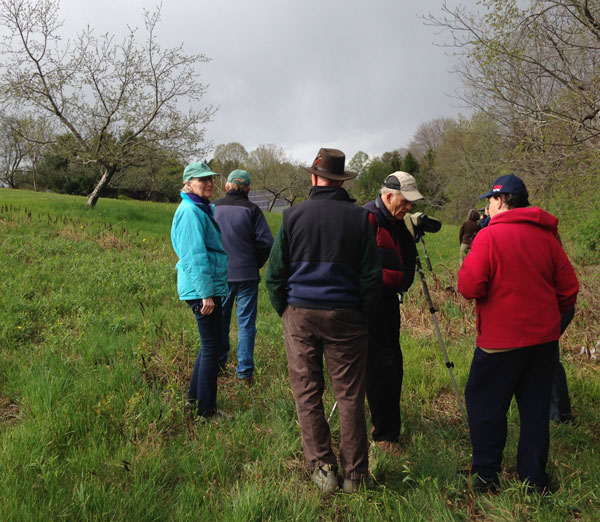
The arrival of May in my neighborhood means it’s time for our annual bird walk. My neighbors and I started it five years ago to acquaint ourselves with the birds and other wild things living in our yards and gardens and treetops. Now we’re better acquainted with one another as well — something we all find deeply satisfying.
Our leader is naturalist Leslie Reed-Evans. She asks no payment for her time, but we do pass the hat for the Williamstown Rural Lands Foundation (WRLF), the nonprofit organization she directs. People from other neighborhoods frequently join us. As is often the case with birding, the group demographic is mostly male and over 30 (although parents do come with small children).
This year we scheduled the walk for Mother’s Day, earlier than usual. After a chilly April the woods were just budding out into a transparent green mist, so the contours of the landscape were visible and early wildflowers were in bloom. Trilliums (three different types) were abundant, along with jack-in-the-pulpits and bloodroot. Birdsong, the loveliest sound in the world, filled the air.
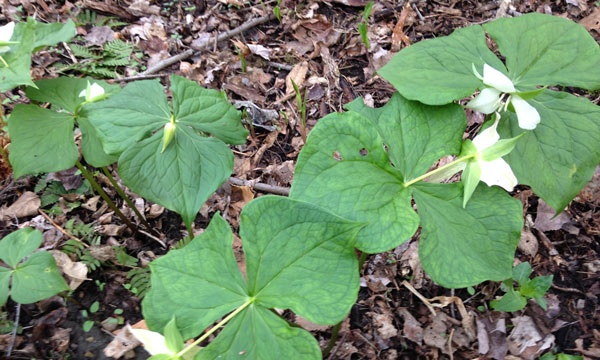
Listening and looking, Leslie conjures up birds that simply weren’t there the day before. Amid budding branches, pine boughs, and shrubby tangles, suddenly something flickers or sings. In my yard she immediately identified three woodpecker species and the luscious song of the Rose-Breasted Grosbeak. Under our group chatter she caught the low tattoo of a Ruffed Grouse, accelerating like a car engine coming to life.
Two flashy Baltimore orioles were foraging in a neighbor’s budding apple orchard. Leslie informed us that the males had arrived yesterday from the tropics (she keeps a record). Both orange / black males were glorious, but one had an electric sheen that will simply dazzle the females winging in a week from now.
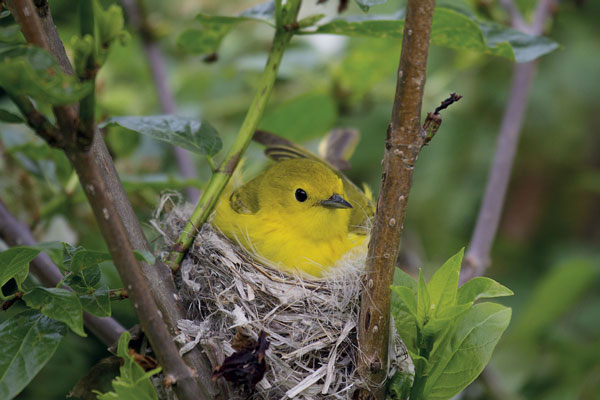
Bluebirds, sandpipers, warblers with a wild variety of songs, vultures and hawks, familiar year-rounders, migrants and summer folks: all came into focus whenever Leslie set up the telescope she toted. We crossed the road to an old riverside farm where some remarkable beaver activity had transformed wet fields into a waterworks in the few months since any of us had been there last.
At Storey, I have the pleasure of overseeing our bird books, and last spring we published one of my favorites of my entire career: Into the Nest: Intimate View of the Courting, Parenting, and Family Lives of Birds. I found myself telling everyone about the book. Packed with incredible close-up photos, it shows how different the social lives of different species are – from the Red-Winged Blackbird, whose nest can contain eggs from four different fathers, to the American Crow, who acts like a raucous ruffian but is in fact a pillar of the community around us.
The first year we did our neighborhood bird walk, we assembled at my house and I offered lemonade and cookies as everyone gathered. Now, each year a different household hosts us for refreshments after our ramble — this year, the Blacks. After two hours of staring upward through binoculars and traipsing through thickets and briar patches and beaver zones we rang the Blacks’ doorbell, kicked off our muddy shoes, and attacked a feast: home-smoked salmon, stuffed mushrooms, hot cider, cheeses. As we nibbled and sipped we discussed issues from backyard bear sightings to town politics, local gossip to group plans and projects. A hummingbird peered in the window.
All in all, it is a bonding, grounding, and uplifting experience, sharpening our ears and eyes to the darting birds and tinkling tunes all around us, and renewing our connection to those who live nearest us. We look forward to our next tour of beauty.
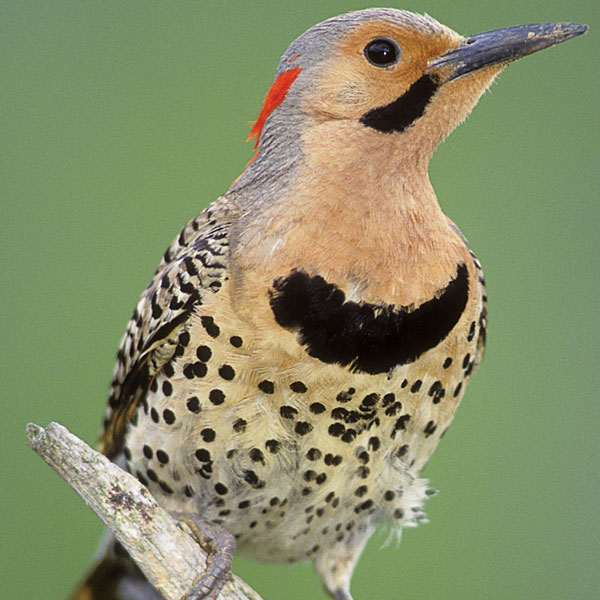
Here’s the list Leslie sent the next day, summarizing the birds we saw and heard, with many migrants still to appear.
- Canada Goose (flyover)
- Turkey Vulture
- Sharp-shinned Hawk
- Broad-winged Hawk
- Red-tailed Hawk
- Ruffed Grouse
- Solitary Sandpiper (beaver pond)
- Spotted Sandpiper (flying down the river)
- Mourning Dove
- Red-bellied Woodpecker (heard)
- Downy Woodpecker
- Northern Flicker (heard)
- Eastern Phoebe (beaver pond)
- Tree Swallow
- Blue Jay
- Black-capped Chickadee
- White-breasted Nuthatch
- Eastern Bluebird
- American Robin
- European Starling
- Yellow Warbler
- Yellow-rumped Warbler
- Black-throated Green Warbler
- Northern Cardinal
- Song Sparrow
- Baltimore Oriole
- American Goldfinch


